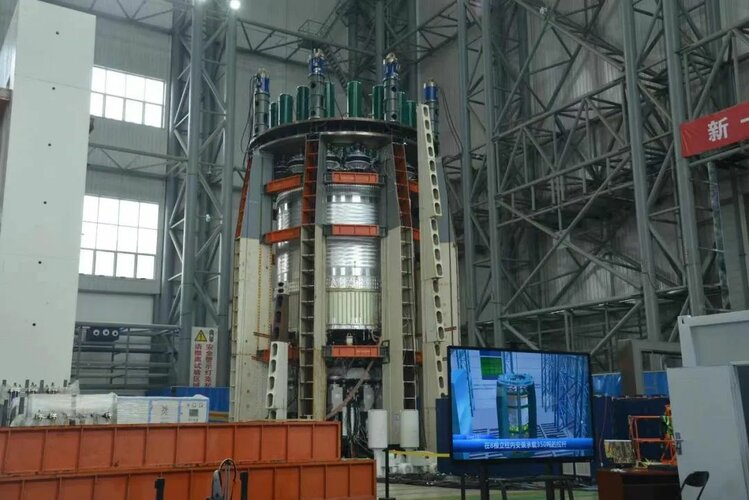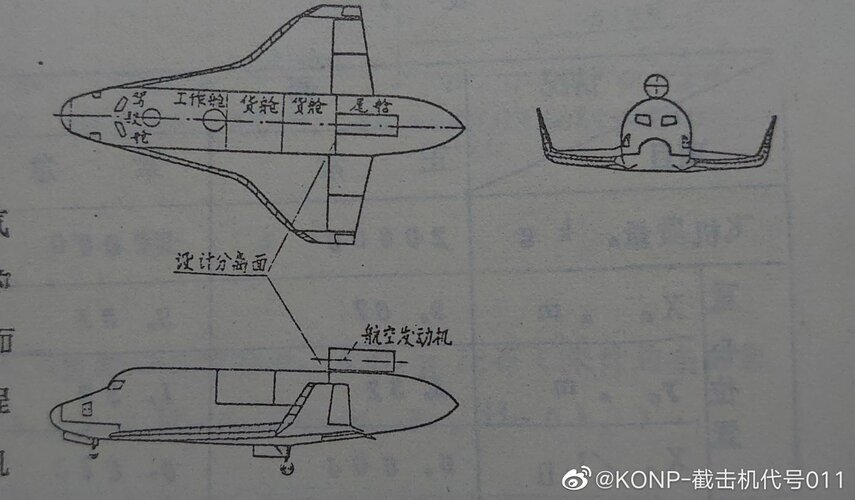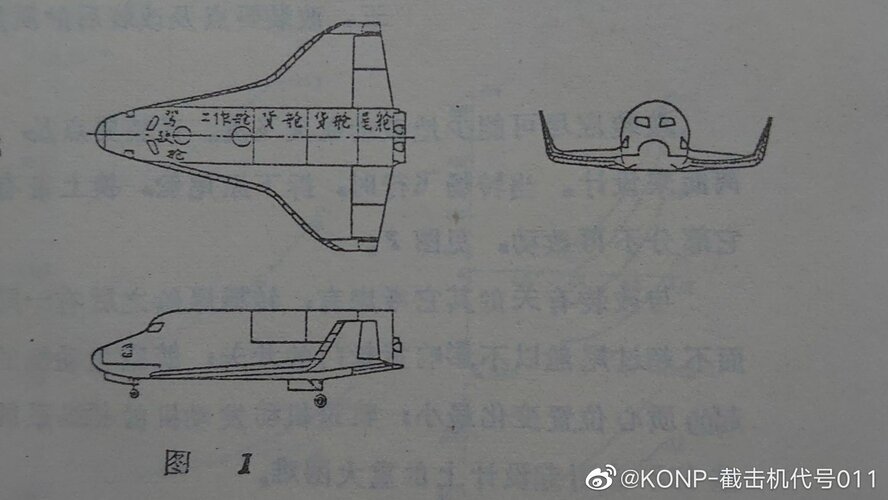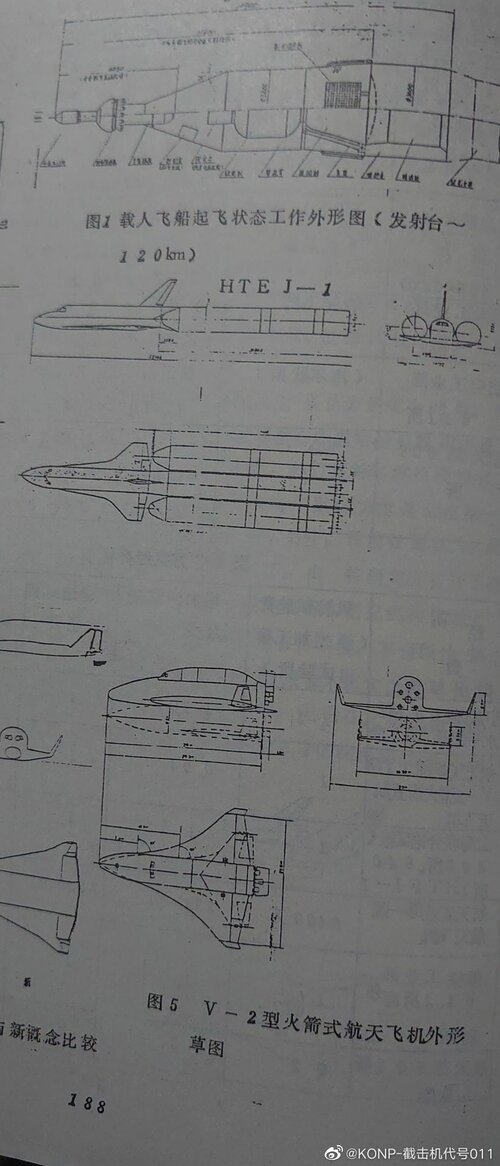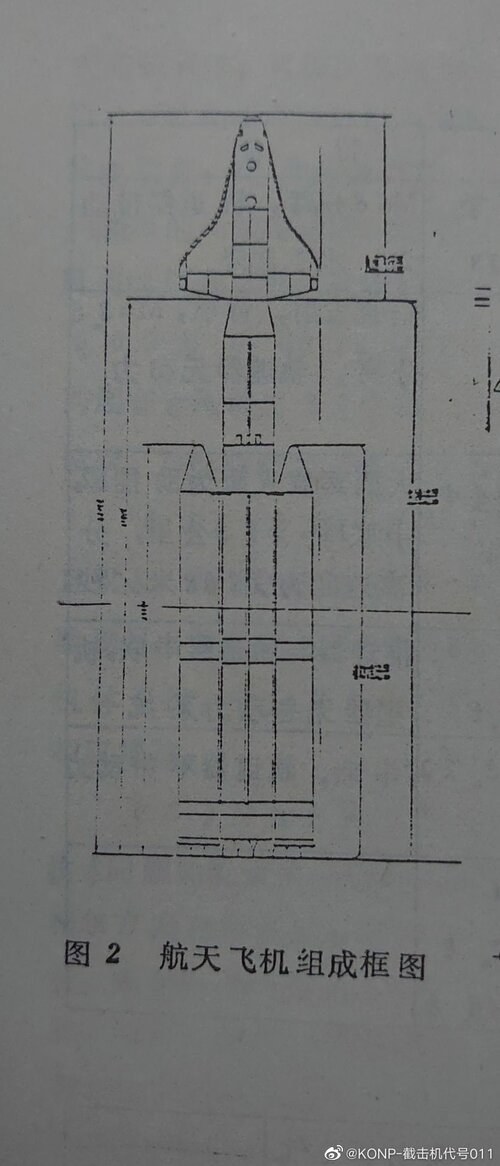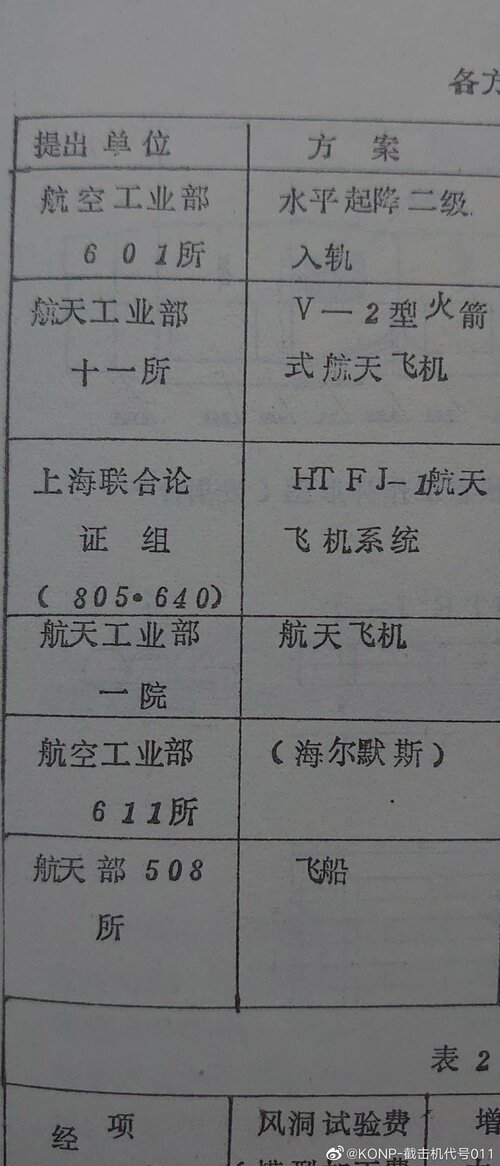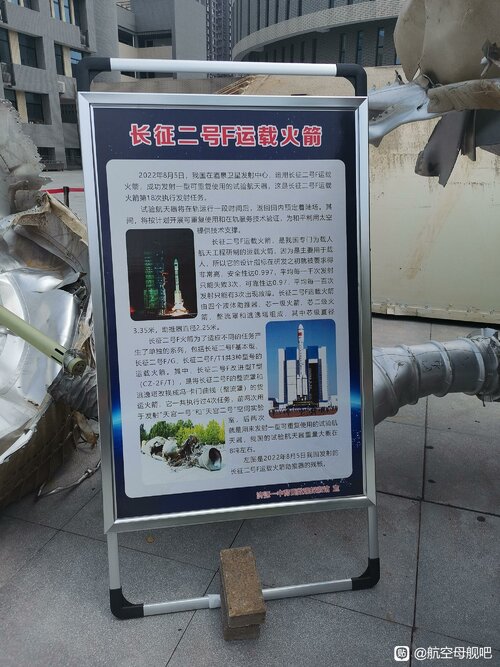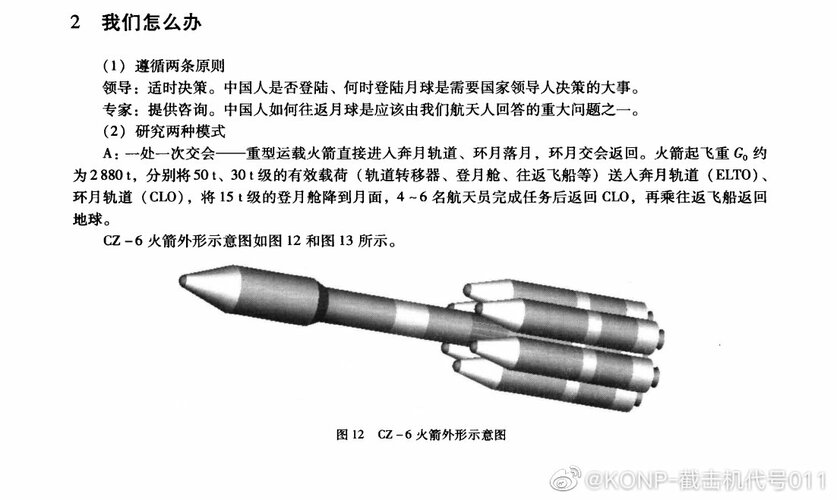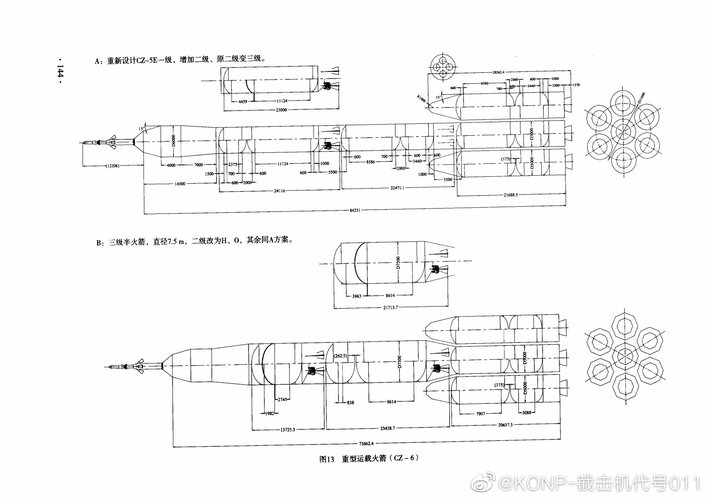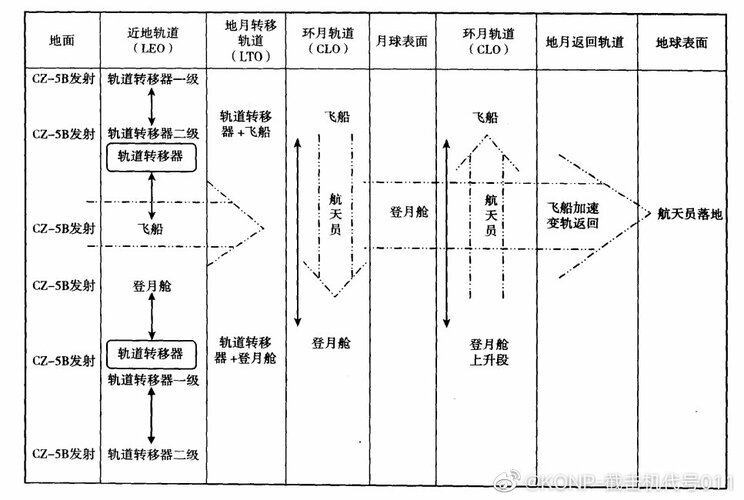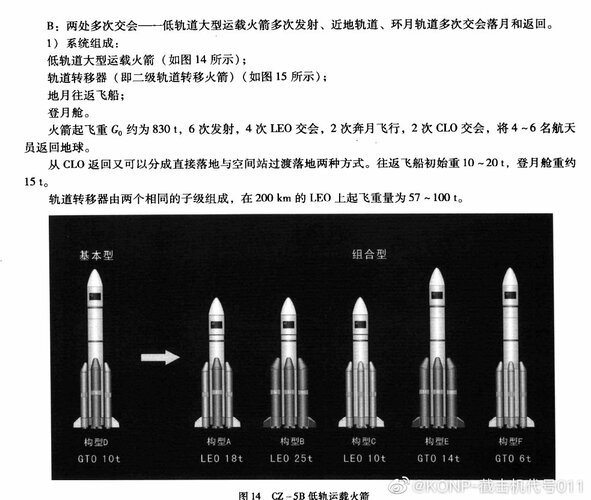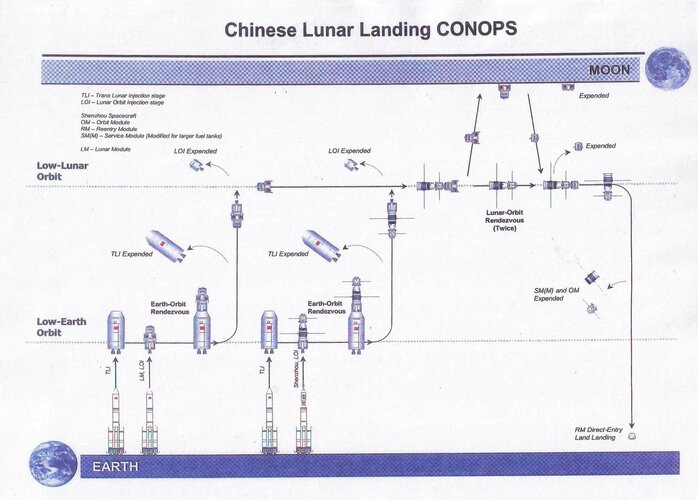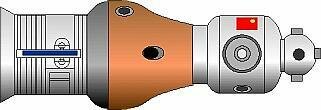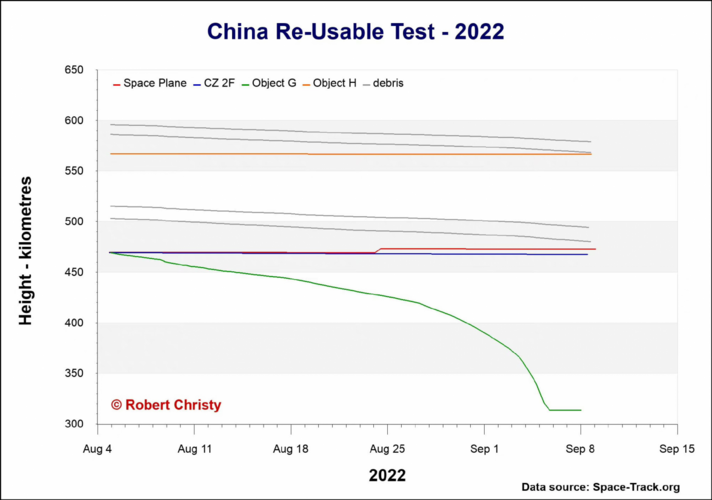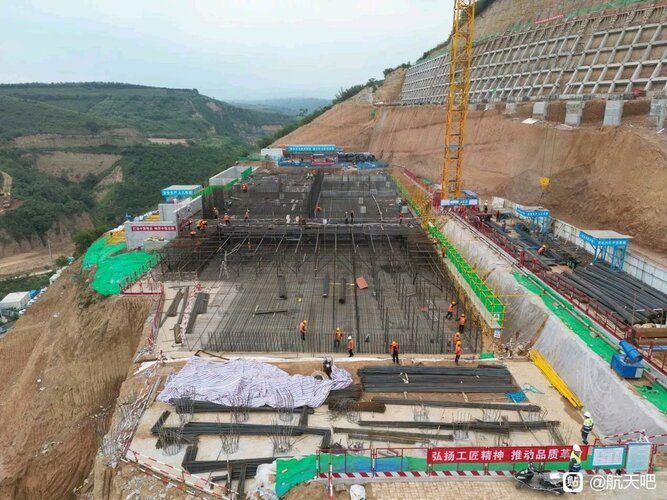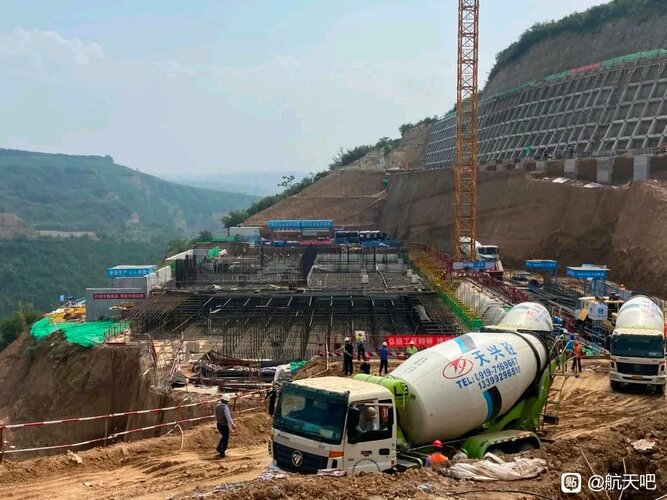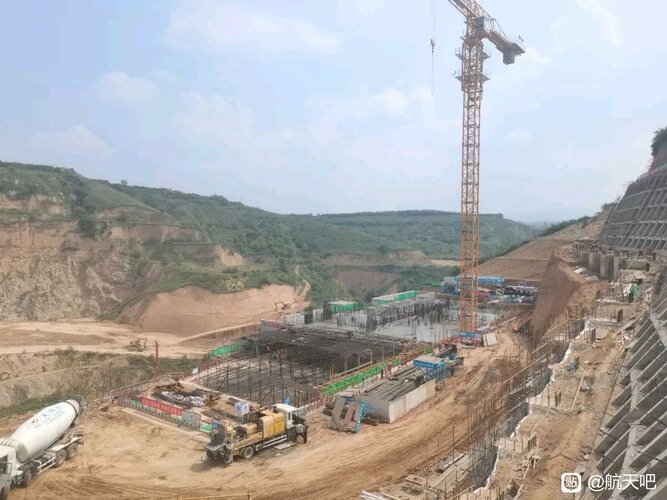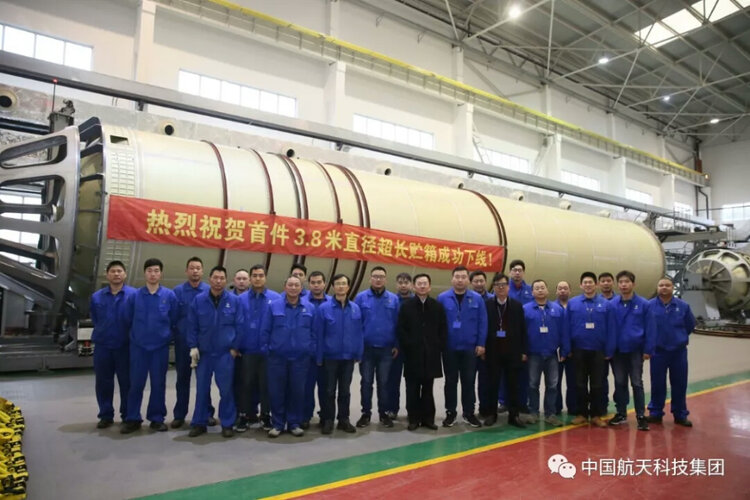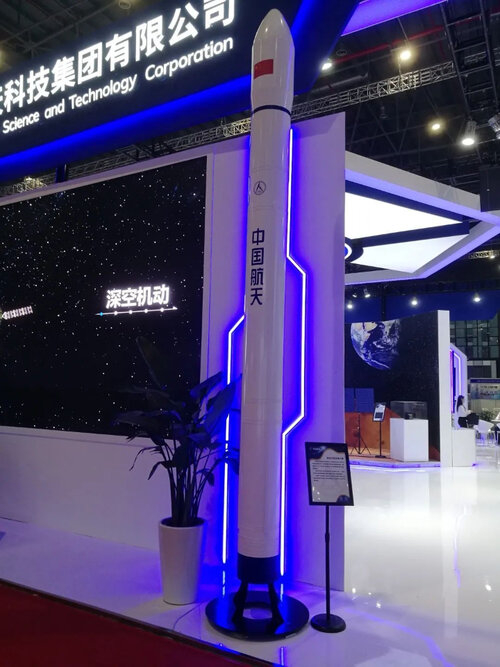After 6 years, China's second quantum communication satellite was successfully launched into space
At 12:12 on July 27, the world's first quantum micro-nano satellite "Jinan-1" was successfully launched on the "Lijian-1" carrier rocket at the Jiuquan Satellite Launch Center. At present, "Jinan No. 1" has entered the established orbit, the solar panel has been successfully opened, and the on-orbit test work will be carried out soon. The successful development of the "Jinan No. 1" quantum micro-nano satellite will enable my country to realize real-time satellite-to-ground quantum key distribution between micro-nano satellites and miniaturized ground stations for the first time in the world, and build a low-cost and practical space-earth integration Quantum secure communication network.
The "Jinan No. 1" micro-nano quantum satellite was led by Hefei National Laboratory, and was jointly developed by the University of Science and Technology of China, the Jinan Institute of Quantum Technology, the Institute of Microsatellite Innovation of the Chinese Academy of Sciences, and the Shanghai Institute of Technical Physics. With the support of the Jinan High-tech Zone Management Committee, the Jinan Institute of Quantum Technology is responsible for organizing the development of ground application systems, and as a user, it conducts the overall verification of quantum key distribution application technology.
The "Jinan-1" quantum micro-nano satellite is the second quantum communication satellite launched by China after the launch of the "Mozi" quantum science experimental satellite in 2016. Based on the research and development and experiments of the "Mozi" quantum science experimental satellite, the research team successfully tackled key technologies such as low-cost miniaturized quantum key distribution technology, real-time key extraction technology, etc. The nano-satellite platform is developed to reduce the weight to about 1/6 of the Micius, increase the frequency of the light source by about 6 times, and improve the timeliness of key generation by 2-3 orders of magnitude. With the miniaturized ground station system, real-time satellite-to-earth quantum can be completed. Key distribution experiment, and carry out technical verification and application promotion.
The successful launch and in-orbit operation of the "Jinan No. 1" quantum micro-nano satellite will be followed by a demonstration of commercialized wide-area quantum communication network applications through a miniaturized satellite ground station in Jinan, which will help my country expand its international presence in the field of space quantum communication. Leading position, realizing the leap-forward improvement of national information security and information technology level.
At 1:40 on August 16, 2016, my country successfully launched the world's first quantum science experimental satellite "Mozi" with the Long March 2D carrier rocket at the Jiuquan Satellite Launch Center. Then humans completed quantum communication between satellites and the ground for the first time.

